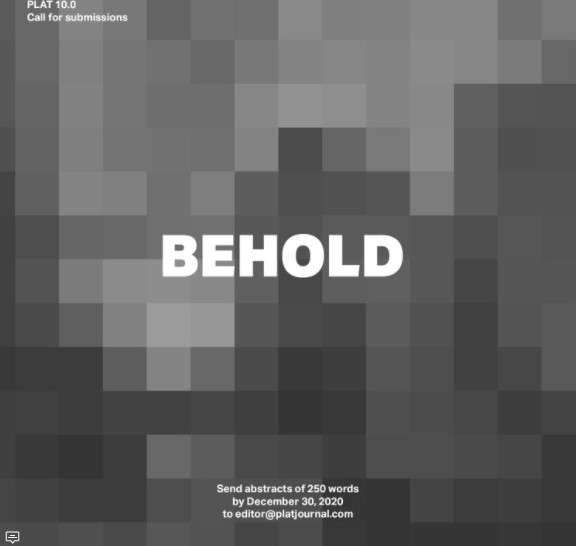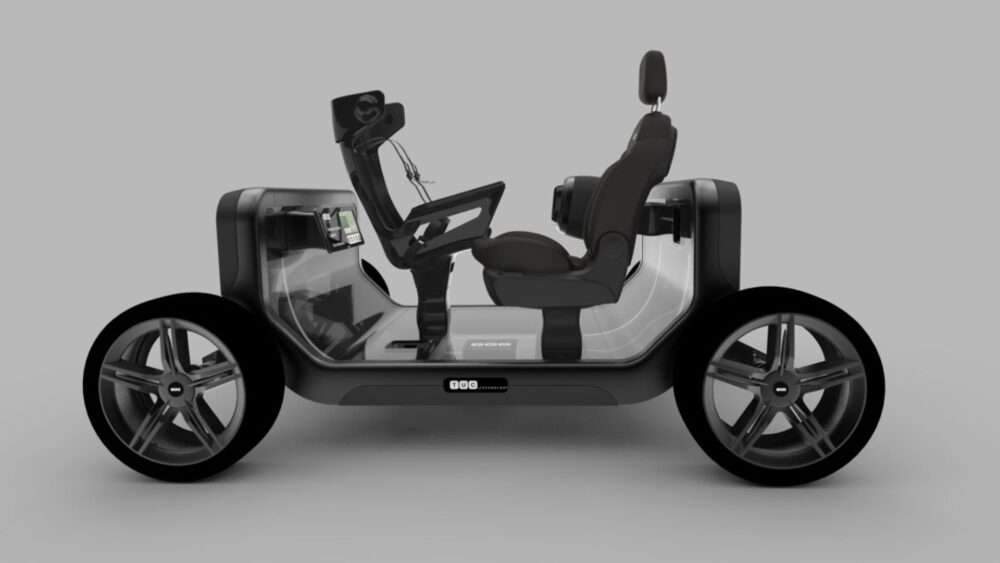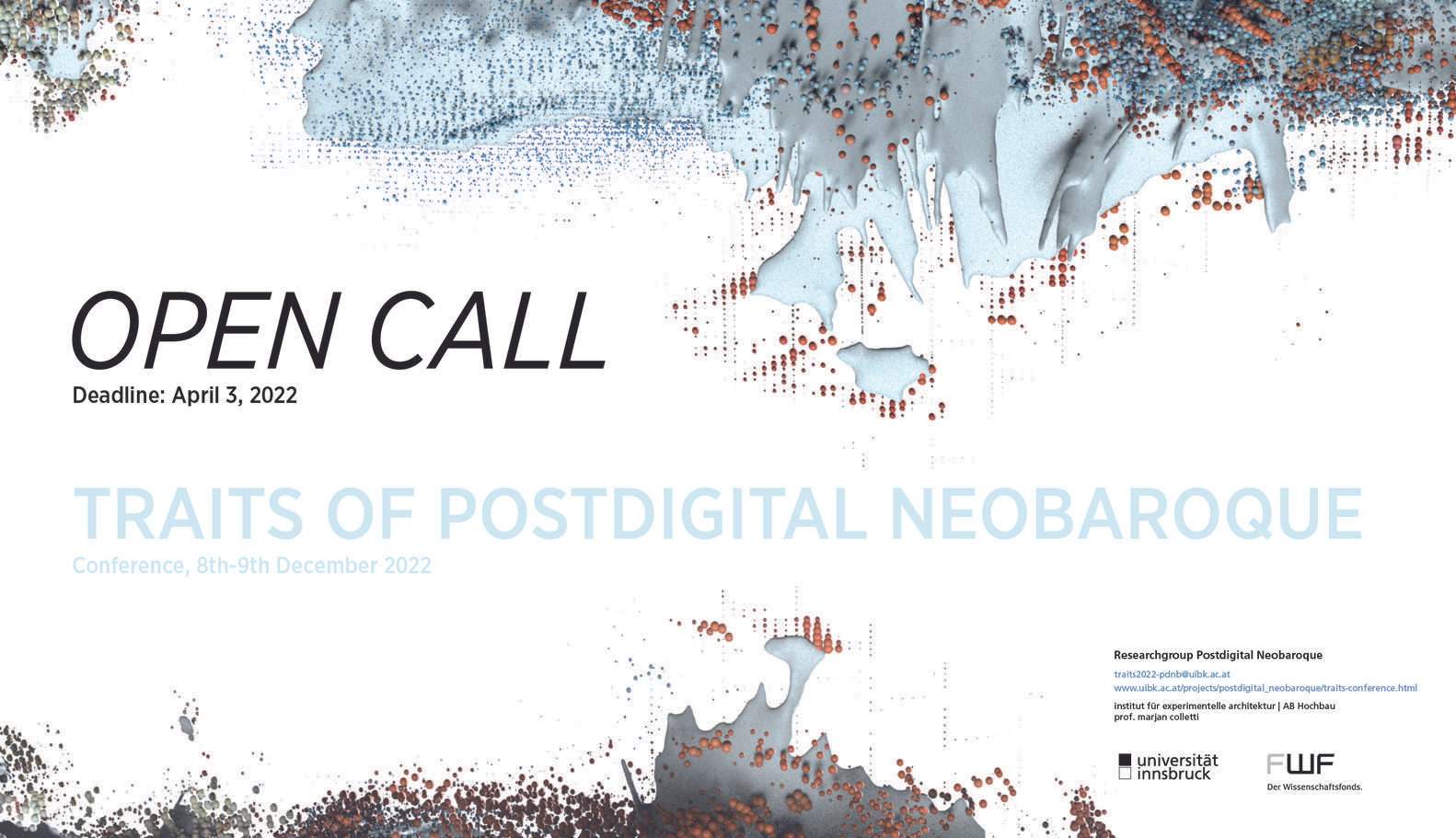In a capitalist society where even such spatial effects are commodified, providing desirable user experiences to potential consumers threatens to eclipse all other aspirations. If the intention behind a piece of architecture is merely to impress the interest of a consumer, interpretation of it as something aside from a commodity is impossible. Positioning user experience because the sole concern of architecture risks relinquishing its capacity to hold an independent meaning. PLAT 10.0 seeks speculations on the importance of a parallel audience distinct from the user: that of the beholder. the previous implies experiencing an architectural object. The latter involves interpreting the embedded intentions of said object. To use architecture means to interact only with the physical existence of a work; to behold it considers a built work because the conveyor of ideas. If a project acknowledges and engages with this distinction, it can begin to resist its commodification. This aspiration could seem naively heroic, but does architecture have a choice? How can it uphold a standing as a lively agent in society while being subsumed by the market?
The decentering of user experience recalls the project of autonomy explored extensively within the seventies and eighties. In his introduction to the Oppositions Reader, Michael Hays claims that architecture’s autonomy is “its self-organization into a body of formal elements and operations that separates it from any particular place and time.” But architecture is dear , big, and comparatively permanent in an urban fabric—by denying architecture’s status as a commodity within a bigger system, these efforts did not address the truth during which it necessarily exists. A reality built on individualism and inequality which left unchecked grows increasingly difficult to challenge. The apathy inherent in “separating architecture from any particular place and time” amounts to tacit approval of current conditions.
Is there how to instead suspend commodification without denying its presence in what we do? Can there be autonomy from economic process without an ignorance of the important world? By positioning using and beholding as two distinct poles, might there be how to curate a user experience and have interaction with broader issues without compromising either endeavor? How does the popularity of the beholder alongside the architect and therefore the user affect the general dynamic? How can a building address a public beyond its users? PLAT 10.0 asks your speculations on the potentials of framing architecture as a medium for conveying meaning by suspending the primacy of the spatial experience. PLAT 10.0 asks what it means to behold a piece of architecture.
Send PLAT your essays, projects, case studies, interviews, photography, fictions, drawings, anecdotes, etc. We welcome submissions from non-architects thinking seriously about architecture. Abstracts of approximately 250 words and images are due December 30, 2020. Complete pieces are welcome, though they should be delivered with an accompanying abstract. For initial submissions, image and video files should be reduced in size to accommodate easy transfer. Materials can be attached or linked. Email submissions and questions to editor@platjournal.com. We look forward to hearing from you. Follow the work at platjournal.com and @platjournal.
-
Title
PLAT Journal 10.0 Call For Submissions -
Type
Call for Submissions -
Organizers
-
Registration Deadline
December 30, 2020 06:00 PM -
Submission Deadline
December 30, 2020 06:00 PM -
Price
Free







